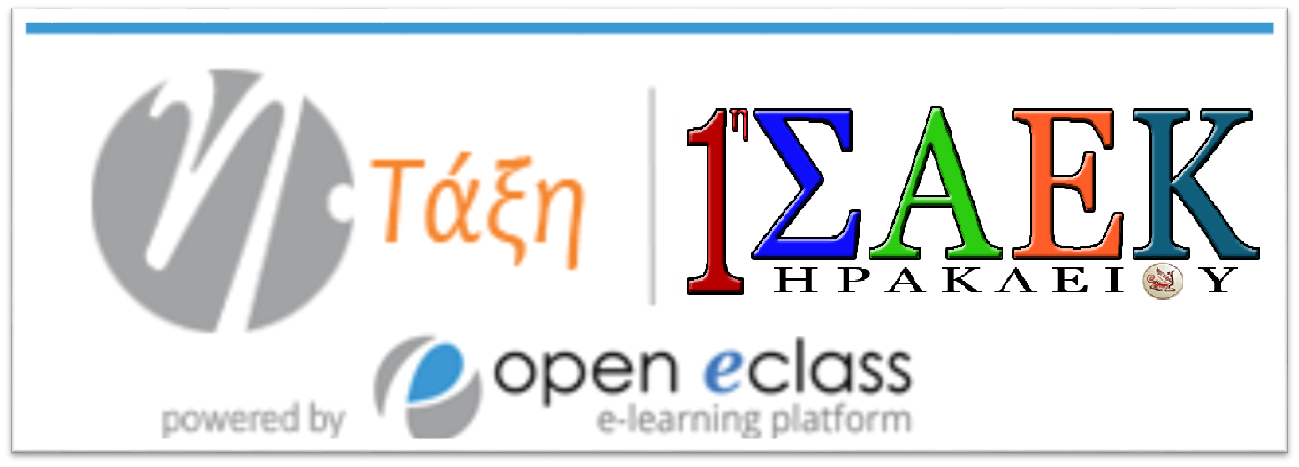Fibonacci Retracements
Keep in mind that these retracement levels are not hard reversal points. It is at this point that traders should employ other aspects of technical analysis to identify or confirm a reversal. These may include candlesticks, price patterns, momentum oscillators or moving averages. Fibonacci retracements are the most widely used of all the Fibonacci trading tools. That is partly because of their relative simplicity and partly due to their applicability to almost any trading instrument. They can be used to draw support lines, identify resistance levels, place stop-loss orders, and set target prices.
It’s important to be aware of what’s actually happening with a stock’s price and react wisely. Where projections differ from the other two is that they account for a current price swing in relation Fibonacci Retracement to a previous price swing in its calculation. Note the starting point at the 2007 peak, and the ending point at the 2009 low, and consider the market action at points A, B, C, and D.
Fibonacci trading strategies
The Parthenon in Athens, the Great Pyramid in Giza, and Da Vinci’s Mona Lisa all incorporate rectangles whose dimensions are based on the golden ratio. In this sequence, each number is simply the sum of the two preceding numbers (1, 1, 2, 3, 5, 8, 13, etc.). In this case, the difference between the high price ($100) and the low price ($50) is $50.
- Now, let’s take a look at some examples of how to apply Fibonacci retracement levels to the currency markets.
- Fibonacci retracement levels are depicted by taking high and low points on a chart and marking the key Fibonacci ratios of 23.6%, 38.2%, and 61.8% horizontally to produce a grid.
- A Fibonacci retracement is a technical indicator used to identify support and resistance levels in a time series of prices or index levels.
- The levels will be so close together that almost every price level appears important.
- Fibonacci extension levels are the significant ratios that show where an asset’s price may go next after a retracement or pullback.
Fibonacci extensions consist of levels drawn beyond the standard 100% level and can be used by traders to project areas that make good potential exits for their trades in the direction of the trend. The major Fibonacci extension levels are 161.8%, 261.8% and 423.6%. Fibonacci retracement levels are based on ratios used to identify potential reversal points on a price chart. Note that 38.2% is often rounded to 38%, and 61.8 is rounded to 62%.
3 – How should you use the Fibonacci retracement levels?
They provide an estimated entry area but not an exact entry point. There is no guarantee that the price will stop and reverse at a particular Fibonacci level or at any of them. In the next lesson, we’ll show you what can happen when https://www.bigshotrading.info/ levels FAIL. Fibonacci supports a variety of profitable strategies, but incorrect grid placement undermines prediction and confidence. Traders get frustrated when they try the tool for the first time and it doesn’t work perfectly, often abandoning it in favor of more familiar analysis. However, persistence, precision, and a little formfitting can generate trading edges that last a lifetime.
In this scenario, traders observe a retracement taking place within a trend and try to make low-risk entries in the direction of the initial trend using Fibonacci levels. Traders using this strategy anticipate that a price has a high probability of bouncing from the Fibonacci levels back in the direction of the initial trend. The 50% retracement level is normally included in the grid of Fibonacci levels that can be drawn using charting software. While the 50% retracement level is not based on a Fibonacci number, it is widely viewed as an important potential reversal level, notably recognized in Dow Theory and also in the work of W.D.
Fibonacci retracement levels and how to use them in trading
The first three ratios act as compression zones, where the price can bounce around like a pinball, while the .786 marks a line in the sand, with violations signaling a change in trend. Fibonacci retracements are used to anticipate and respond to potential price reversals in the market. When the price approaches these retracement levels, traders should be alert for a potential bullish or bearish reversal. Fibonacci retracement levels are static, unlike moving averages. The static nature of the price levels allows for quick and easy identification.







